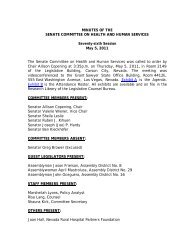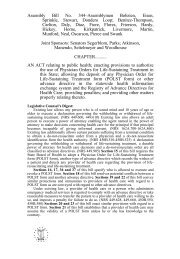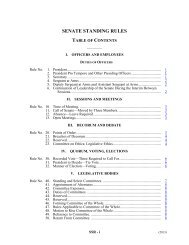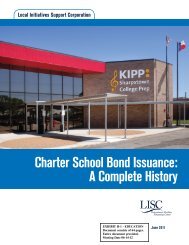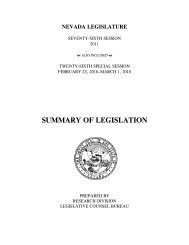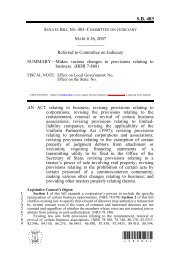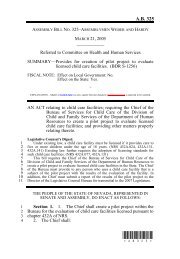Nevada Pre-Kindergarten Standards
Nevada Pre-Kindergarten Standards
Nevada Pre-Kindergarten Standards
Create successful ePaper yourself
Turn your PDF publications into a flip-book with our unique Google optimized e-Paper software.
Guiding Principles<br />
The <strong>Pre</strong>-K Content <strong>Standards</strong> are guidelines for teachers and other adults to use when developing learning experiences for young children that are<br />
grounded in the following guiding principles:<br />
1. Children are Active Learners<br />
Children are not passive learners. Instead, they learn through physical, social, and mental activities (Piaget & Inhelder, 1969; Bredekamp &<br />
Copple, 1997). Because children learn through firsthand actions with objects and things in their world, their learning occurs and is linked to<br />
the overall environment and their cultural experiences (Vygotsky, 1986).<br />
As active learners, young children need opportunities to observe things and events in their here and now world, develop their own ideas,<br />
try them out, find out what happens, and come up with their own answers (Dewey, 1944; Glassman, 2001).<br />
Play is how children find out about their world. All types of play manipulative play, play with games, rough-and–tumble play, and<br />
socio-dramatic play – provide children with opportunities to try things out, see what happens, and learn (Rubin, Bukowski & Parker,1998).<br />
Organizing children’s learning spaces through centers of interest is a good way to help children learn. Centers are clearly marked, organized<br />
play and work areas with a theme. Centers encourage children to make decisions, learn new skills, practice skills previously gained, as well as<br />
interact with others.<br />
Centers offer children and teachers a great deal of flexibility. Because they do so, centers may support the needs of the children, especially<br />
diverse learners. For example, the needs of children with physical disabilities can be accommodated by providing pathways, low tables, or<br />
other necessary adjustments. Those children who need privacy or less stimulation can be offered quiet, protected centers and spaces for<br />
active learning.<br />
2. Development and Learning are Interrelated<br />
Learning about oneself, developing social skills and achieving motivation are all part of intellectual development. Children’s ideas about<br />
themselves affect not only interactions with others, but also how they understand themselves as learners (Ladd, 1990). In turn, children’s<br />
intellectual abilities and their control over language are also linked to their social skills. Children who can use language well in social<br />
situations, or those who can understand another person’s point of view, are more likely to be those with strong social skills.<br />
Likewise, learning to write and read depends in great part on how children feel about themselves and their ability to achieve (Bandura, 1997).<br />
Children who believe they can learn, and expect to achieve, do so (Seefeldt, Denton, Galper & Younosa, 1999).<br />
3. Growth and Learning are Sequential<br />
Growth and learning move in a basic sequence (Berk, 2001). For instance, learning generally proceeds from the concrete to the abstract. The<br />
early years are when children learn best from concrete, firsthand experiences. These firsthand experiences will help children with their ability<br />
to express their ideas through drawing, painting, and verbal and written descriptions (Bredekamp & Copple, 1997; Piaget & Inhelder, 1969).<br />
9




